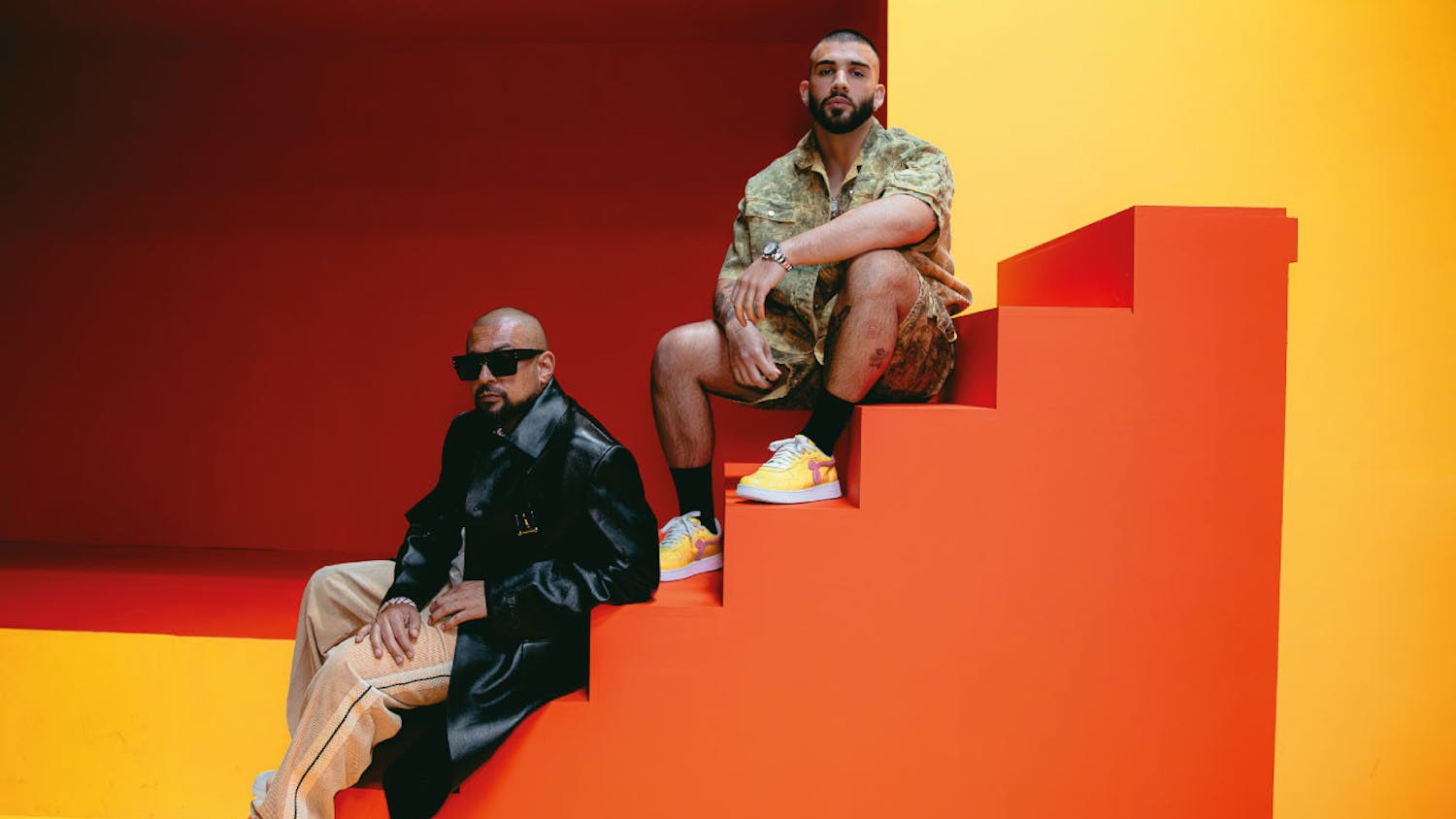Alongside his latest work with animated dragons, Dean DeBlois is a Canadian film director, film producer, screenwriter, animator and editor. He co-wrote and co-directed the Oscar-nominated animated films “Lilo and Stitch” for Walt Disney Feature Animation and “How to Train Your Dragon” for DreamWorks Animation. His latest film, based on the “How to Train Your Dragon” book series, “How to Train Your Dragon 2,” will release in the states on June 13. The Eagle’s Emily Packer sat down with DeBlois to discuss the new film.
Eagle: The movie seems to be so different from the book series it’s adapted from, especially as the plot of the individual characters grow deeper.
Dean DeBlois: There are lots of fans of the books, and I’ve heard both supportive and negative comments about how we’ve deviated from the story line, but that was the task. Chris Anders and I were hired a good two-thirds into the production span of the first movie, and they were out of time. They tried to do a fairly faithful adaptation of the first book and it was just turning out to be a little too small and a little too young. We replaced the then directors, Chris Anders and I, and Jeffrey Katzenberg [CEO of DreamWorks Animation] just said look, I want a father-son story, I want a David and Goliath ending and I want a Harry Potter telling—go.
E: While the first movie had seven dragons, the second seemed to have hundreds of new and varying types. Were these adaptations from the book, or did you have to start from scratch?
DD: Most of them are just inventions. I think one of the genius things that Cressida Cowell [author of the book series] did was she created a world in which there are endless types of dragons and they all have their own personalities and their own attributes—so we just ran with that. There are no direct relatives to the dragons in the books in this second feature, but we had to create for ourselves a system in which we could build a bunch of them that could all move and be animatable but wouldn’t break the bank. So we came up with several different body types, tails and wings and claws, and you could add on to them: spikes, fins, nubs, with their own custom paint jobs. This gives the impression of thousands of different individuals because they are individuals. Then we had a bunch of new “hero dragons” like Cloud Jumper or the Big Wilder Beast.
E: The second film takes place five years after the first, and this time lapse is evident in both physical appearances and character development. Did you have a strong reasoning for such a large lapse in time?
DD: I did, because, if you think of the first movie, Hiccup’s problem was that he couldn’t kill a dragon. He wanted the respect of his dad, he wanted the admiration of the community and he wanted the attention of the girl he had a crush on, and he managed to get all of these things—and a super cool dragon—at the end of the movie. He’s a character without a problem, which is often the case when you start talking about a sequel. Often times it can seem artificial. I decided that maybe by going to a different crossroads in Hiccup’s life that it would be an organic problem in his coming of age, and a lot of people around 19 or 20 are kind of faced with that dilemma of who they are to become but also faced with the pressure of parents and family and community telling you what they want you to become. So kind of reconciling that, while still forging your own path. It seemed appropriate for Hiccup, a town hero, whose dad wants him to run the town of Berk, which doesn’t seem like a right fit.
E: “How to Train Your Dragon 2” carries a lot more emotional weight compared to the first, which really hinted at more of an emotional bond between people and animals, while the second seems to empower more personal bonds between characters.
DD: I think there was an opportunity to make the characters richer with more texture and go deeper into the emotional moments. I was very inspired by Star Wars as a kid, and “The Empire Strikes Back” stands as one of the great sequels of all time, and it did all of those things. It made the characters richer, the scope was higher and new worlds with cool gadgets and more humor. But I think it was daring, and we gave ourselves that same challenge. How do we take this new world and expand it—increase the fun and epic scale of it all? While also making you care about the dilemmas the characters are facing.
E: Do you think any of your surprising twists in the new film carry a risk?
DD: I think there is a definite risk. We’ll see if the world embraces them or condemns us for it. But for me I would love at the end of the day if this trilogy stands apart as being not only heartfelt but also daring. The sense of wonder is nice, but the moments I’m most proud of are the ones that bring people to tears. It really means they’re invested and care about our characters.




